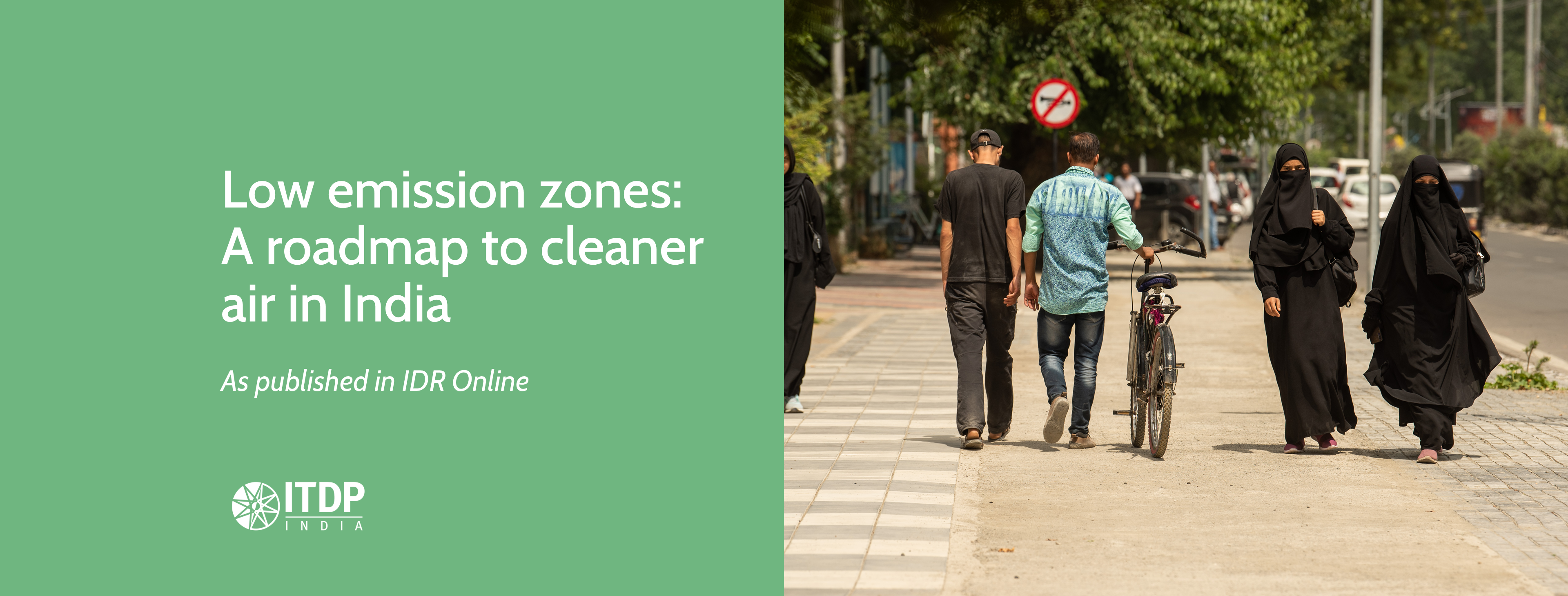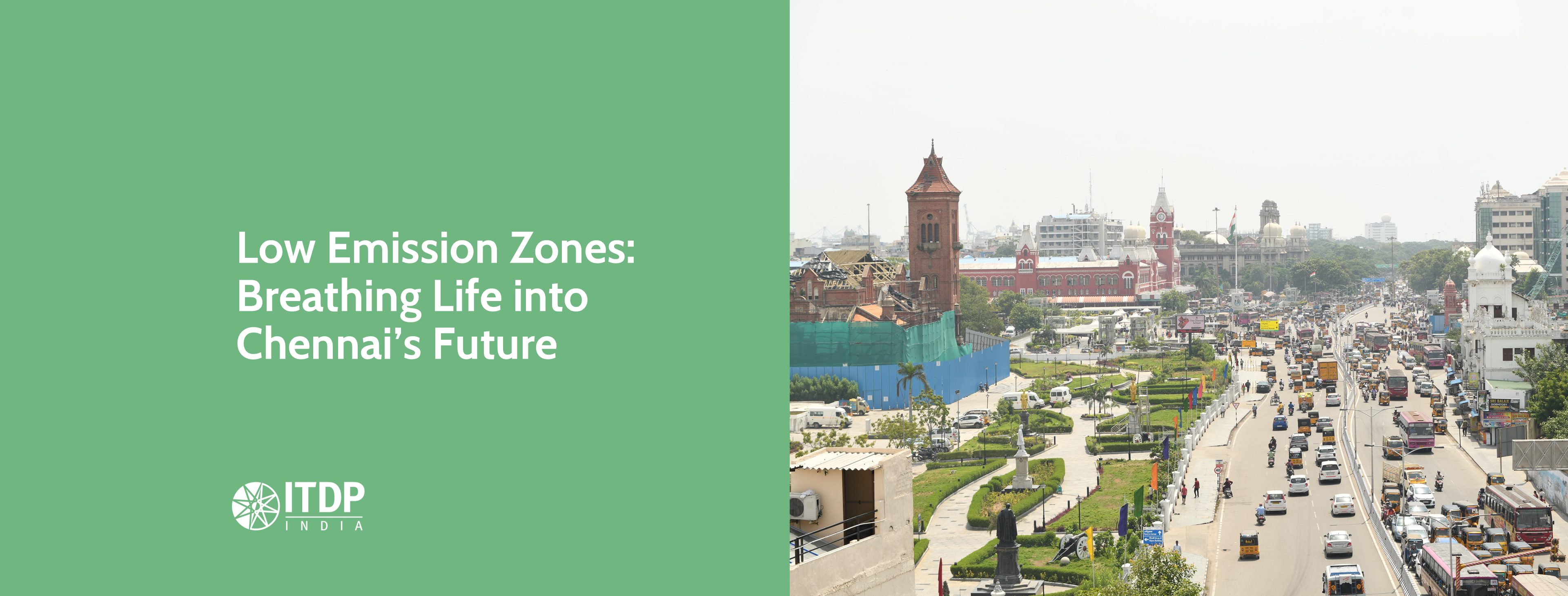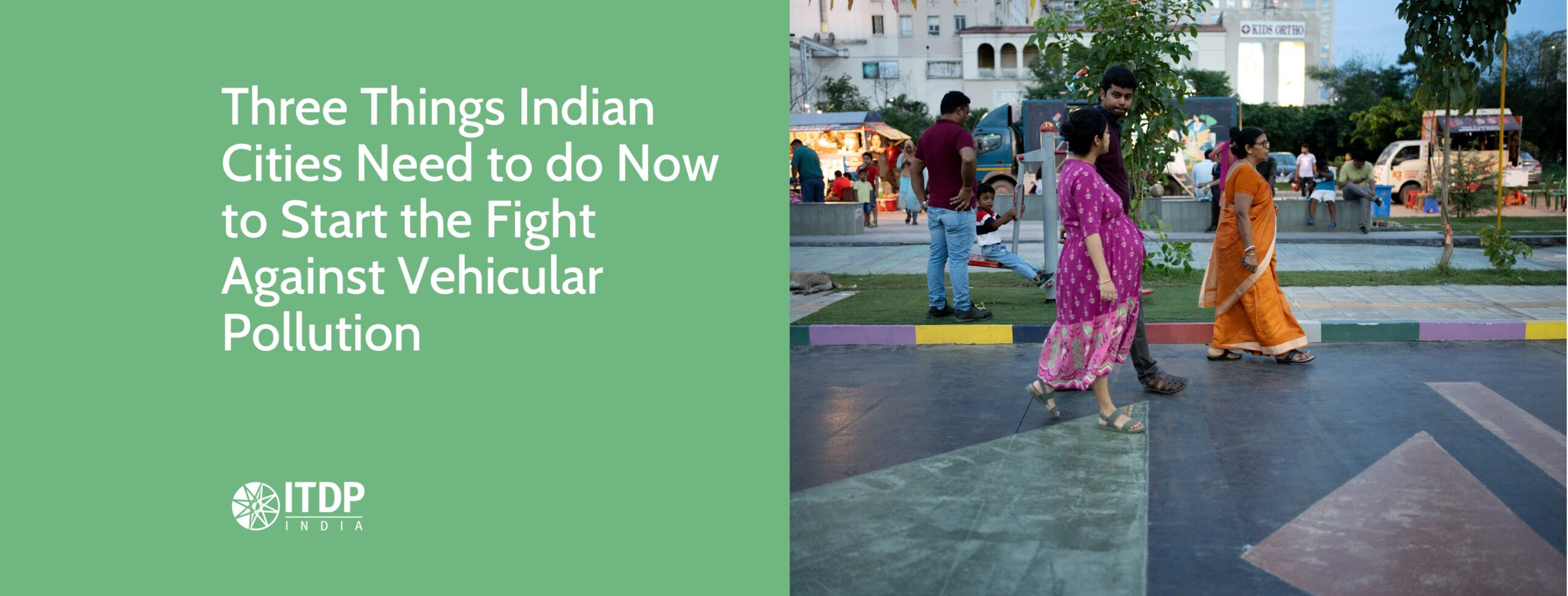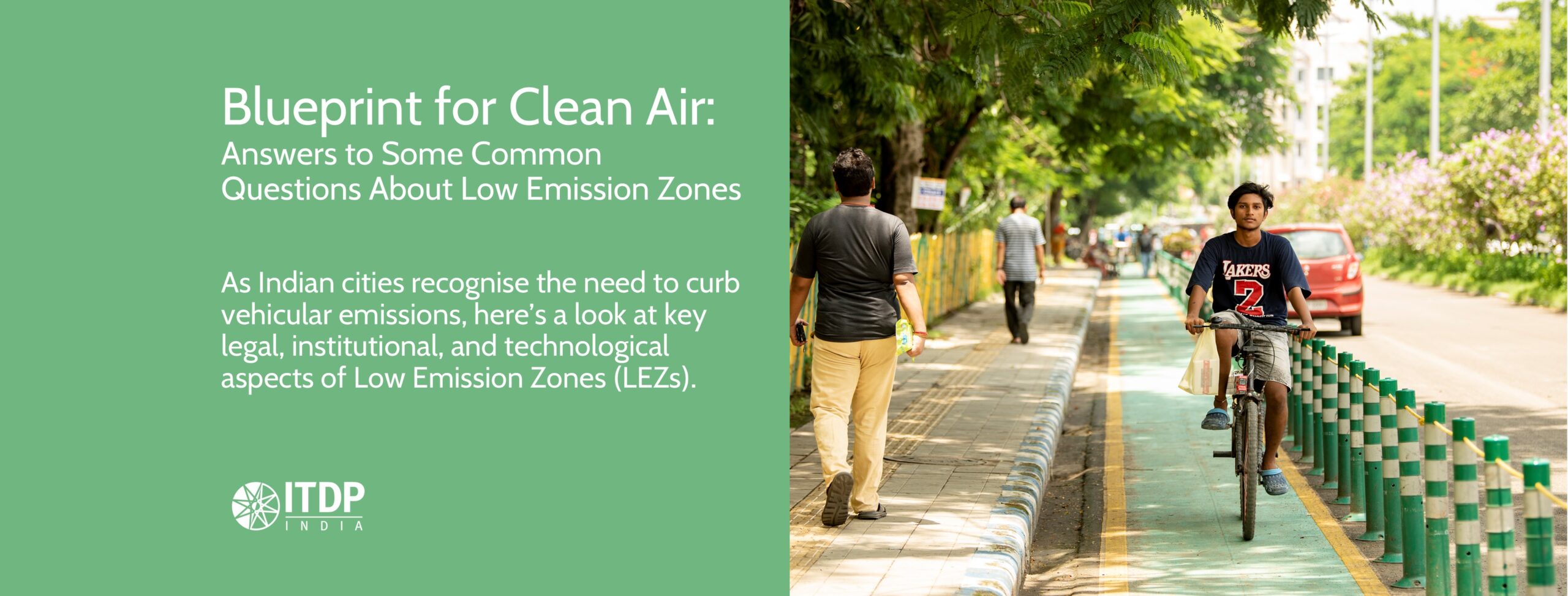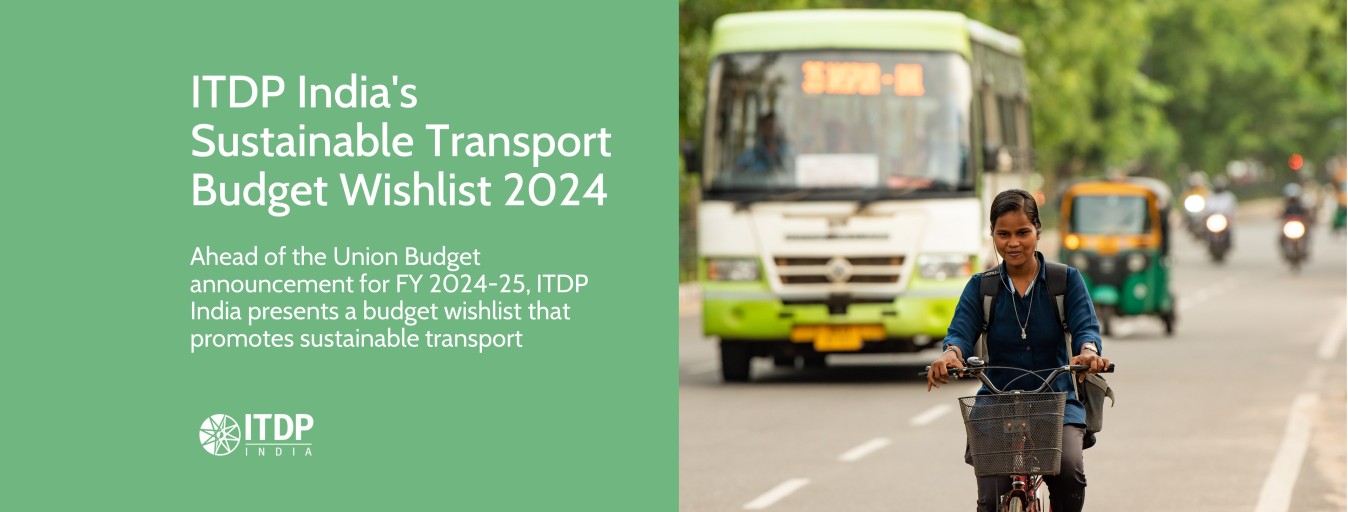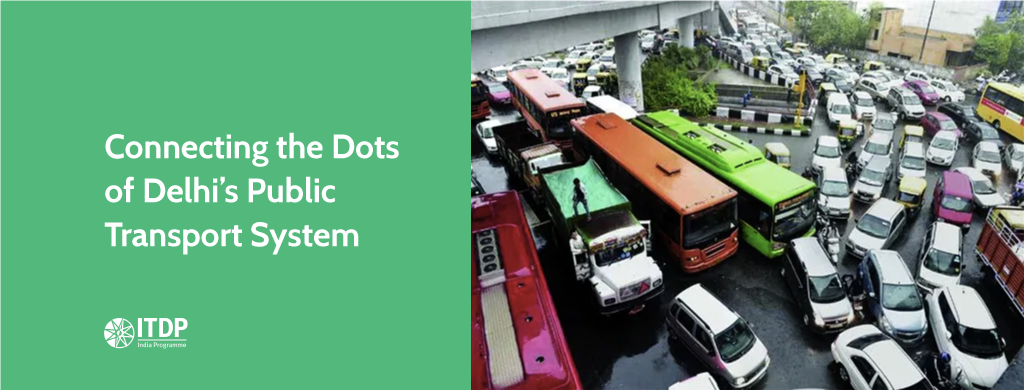Read time ~8 minutes
India’s streets are buzzing with new EVs — but plugging them to charging isn’t always easy. Charging points are still too few, often hard to find, and sometimes unreliable. While this is a concerning gap, it is also an opportunity to create space for innovation and leadership to boost the number of charging stations.
This is a critical piece in the puzzle as India has set out an ambitious goal of having 30% of all new vehicles sales to be electric by 2030. In order to support this growth, complementary infrastructure support, such as charging infrastructure, is the urgent need of the hour.
Current scenario and progress made so far
A recent report by CareEdge Ratings, puts the growth and the challenges in perspective. The report found that between FY22 to early FY25, there have been a surge from approximately 5,151 public charging stations to 26,367 public charging stations in India. This marks a 72 per cent Compound Annual Growth Rate (CAGR) in a three-year period.
However, the reports also contextualises how this growth isn’t exactly sufficient. The same, CareEdge report highlights that despite this accelerated growth, there is still just one public charging station per 235 EVs, which can be quite an unpleasant experience for the users with long wait times and range anxiety.
This makes it clear that the charging ecosystem, while growing, is still lagging behind the pace of EV adoption. But why this delay?
The bottlenecks
From identifying available land parcels, to site selections, to approvals, state and cities have to tackle many challenges in order to create a suitable environment for the private charge point operators to set up charging stations. Unless a basic record of land available, feasible sites, grid preparedness, low electric establishment costs, etc is created, having charging stations come up at scale is a challenge. Many of these steps are interconnected and difficult to tackle-
- Identifying Land parcels- One of the foremost challenges for states is finding suitable land, especially for public charging stations. In most Indian cities, land is controlled by multiple government bodies—municipal corporations, revenue departments, schools, transport undertakings, etc. For this, there is need for the nodal agency to coordinate among all and find parcels for establishing infrastructure. Even if there is a nodal agency to coordinate this, it is often the Chief Secretary’s office, which has the powers and authority to seek such information. However, land-owning agencies may not prioritise allocation of land for EV charging, due to a lack of awareness or competing priorities.
- Selecting the right locations- Even when land parcels are identified, determining where to place charging stations requires careful feasibility studies. National guidelines recommend having at least one charging station within every 1 km × 1 km grid in urban areas and one every 20 km on highways. These locations have to be carefully identified keeping in mind a combination of factors like land use, traffic flow patterns, building density, vehicle population, popular hotspots etc. But often times, such data is readily unavailable and constantly evolving making it a challenge for states to empirically choose sites. In reality, states are depending on three types of feasibility studies- Operational feasibility studies, financial feasibility studies, and technical feasibility. In terms of operational feasibility- aspects like whether there are any active drain lines/water bodies etc are taken into account and in technical viability aspects like availability of sufficient electricity supply are looked into. At the same time in financial viability, how soon the charging station can break even is examined.
- Coordination with Land Owning Agencies – In most Indian states, land-owning agencies lack effective tools to estimate the revenue potential of a charging station on their land. As a result, they often show little interest in allocating key land parcels or investing in basic electricity infrastructure. This undermines the concept of a plug-and-play model. In such cases, CPOs (Charging Point Operators) must take on the responsibility of establishing upstream infrastructure themselves, leading to additional delays and more complex implementation steps.
- Creating a financially viable ecosystem: A big challenge for states in growing EV charging is making it a viable business for Charge Point Operators (CPOs). Right now, the high cost of setting up power connections and the high electricity tariffs make it hard for CPOs to recover their investment. Unless states reduce these power connection costs and make tariffs more reasonable, private players will hesitate to invest, slowing down the expansion of charging stations.
- Ensuring electricity girds can support the plan– It has been observed in Indian cities that there is a lack of regional EV load assumptions, which further limits planning at the state and DISCOM levels. Without these, states could hit roadblocks eventually. This information is crucial as existing grids may be able to support EV load, but not for a future demand. Eventually, the DISCOM’s need to plan for the growing demand especially in charging hubs and highway corridors where high speed charging will be utilised for implementing infrastructure upgrades and grid readiness.
- Data and monitoring– To tie together all efforts and ensure they are well monitored to make improvements in future, tracking is crucial. Not only should states track location and counts of charger, but also utilisation and performance, so building an EV Dashboard is critical, which is yet another task for the states to take up.
- Lack of quality gird infrastructure along highways- This is one of the reasons, the DISCOMS find it difficult to electrify highways for EV Charging.
Why states matter
The above mentioned bottlenecks are all for the states and cities to tackle, making them the crucial anvils around which EV ecosystems are to be built. Most states have appointed Nodal agencies or EV cells to take up this list of exhaustive tasks, however things have been slow.
National programmes like FAME, CESL’s initiatives, and the PM e-Drive scheme are helping set the stage. For instance, PM e-Drive, launched in 2024, allocates ₹2,000 crore to roll out 72,000 fast chargers nationwide, with subsidies covering up to 100% of upstream infrastructure costs such as transformers, cabling, and installation. It also covers the charging equipment cost.
But these schemes don’t directly extend support to state governments in taking on any preparatory work. The scheme reduces capital costs for operators, but the real enabling conditions — land allocation, fast-tracked approvals, reduction in electricity tariff, and local matchmaking platforms — must come from states.
How Front-Runner States Have Been Doing It
1. Tackling Land Availability
Delhi has addressed land bottlenecks by offering concessional land rates for charging and swapping stations, while also mapping high-utilisation sites to minimise delays that usually arise from dealing with multiple land-owning agencies. Singapore has taken a similar approach by leveraging public housing (HDB) car parks, where it floated large-scale tenders that added 22,600 charging points across 1,964 sites. Both cases highlight how proactive land allocation can rapidly expand charging networks.
2. Making Charging Affordable
Singapore has reduced the cost of charging by providing up to 50% rebates for chargers in public car parks and private residences, making it easier for both operators and users to transition. Delhi has complemented this by introducing one of the lowest EV tariffs in the country, which brings down operational costs for charge point operators (CPOs) and supports wider affordability.
3. Streamlining Coordination
Delhi has created a State Charging Infrastructure Committee (SCIC) headed by the Vice Chairman of the Dialogue and Development Commission (DDC). This committee brings together government agencies, utilities, and energy operators under one roof, ensuring that approvals and decisions are not held up by fragmented responsibilities.
4. Ensuring Financial Viability for CPOs
To improve financial returns, Delhi has offered capital subsidies for charger installation and provided 100% SGST reimbursements on advanced batteries. These measures reduce upfront costs for operators while encouraging investment. Similarly, Karnataka and Singapore have worked with utilities and private partners to expand charging coverage, ensuring that financial viability is not left entirely to the market.
5. Developing Green Corridors
Karnataka has gone beyond city-level interventions by developing charging stations along high-demand travel routes such as the Bangalore–Mysore Expressway and the Bangalore–Chennai Highway. This has ensured that intercity EV travel becomes more practical, reducing range anxiety for users.
More such case studies of frontrunner cities and states like Delhi, Karnataka, Singapore can be found here in the Status Report for Public Charging Infrastructure in Tamil Nadu.

What Next? Unlocking the Next Wave of EV Charging
Ambitious policies have shown what’s possible, but in most states the rollout of charging infrastructure is still slow and fragmented. The way forward lies in making it easier for Charge Point Operators (CPOs) to invest and expand. Single-window clearances can cut red tape, digital platforms can match land with operators and track progress, state incentives can complement central schemes, and joint EV load planning with DISCOMs can prepare the grid for rising demand. By taking these steps, states can move from scattered efforts to a coordinated ecosystem that makes EV charging viable, scalable, and future-ready.
Written by Donita Jose, Senior Associate, Communications, with inputs from Bezylal Praysingh, Senior Associate, Transport Systems and Electric Mobility and Sooraj EM, Deputy Manager, Transport Systems and Electric Mobility









